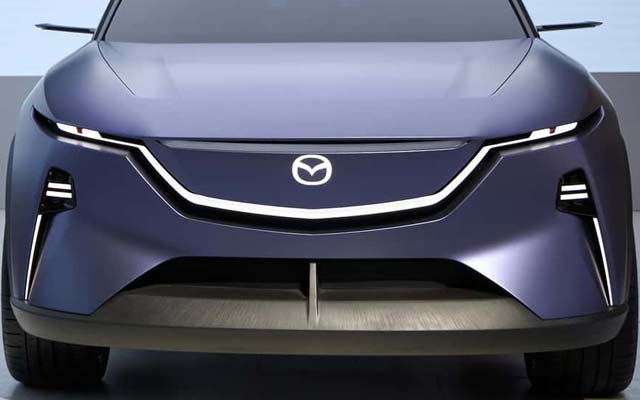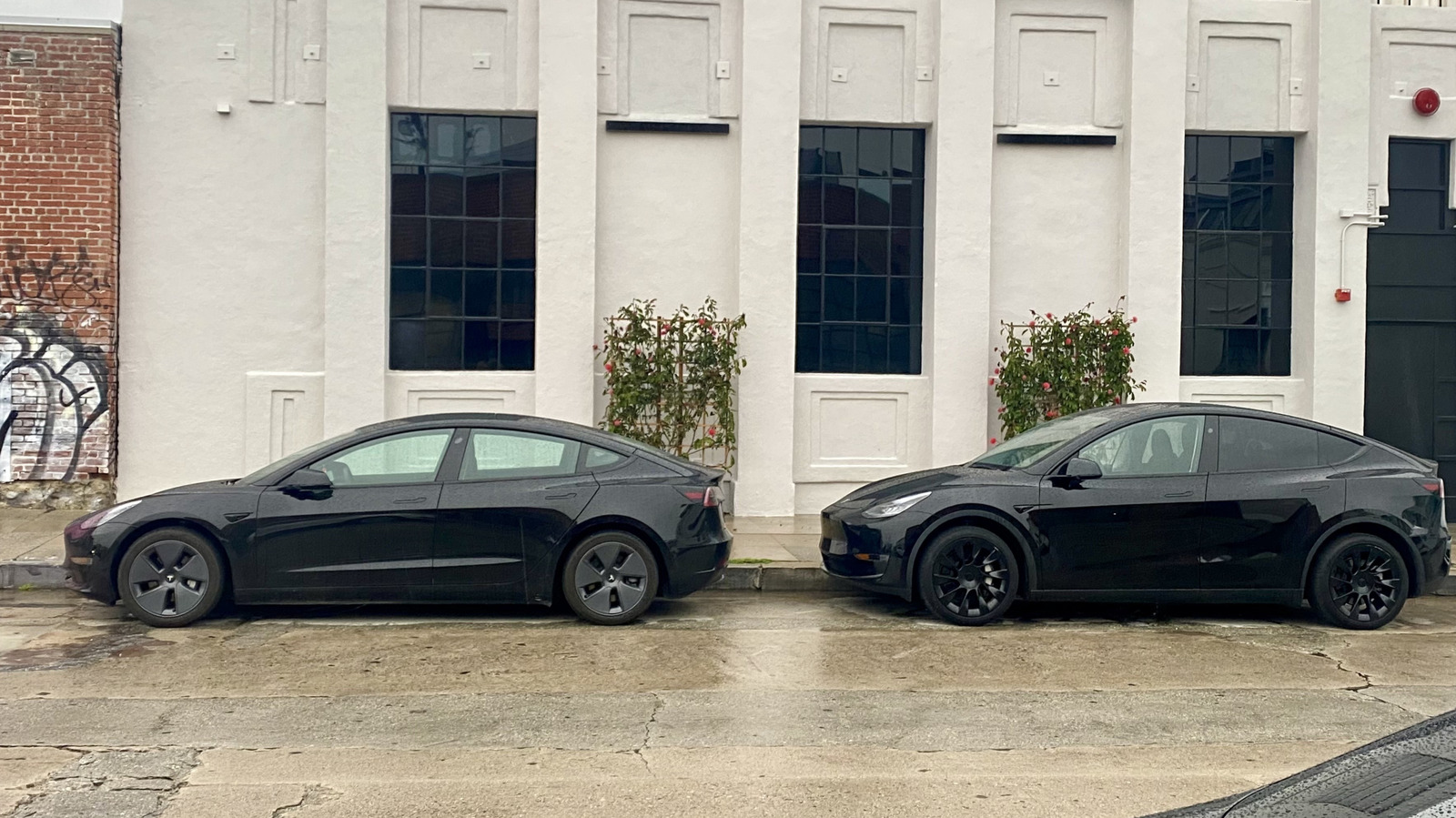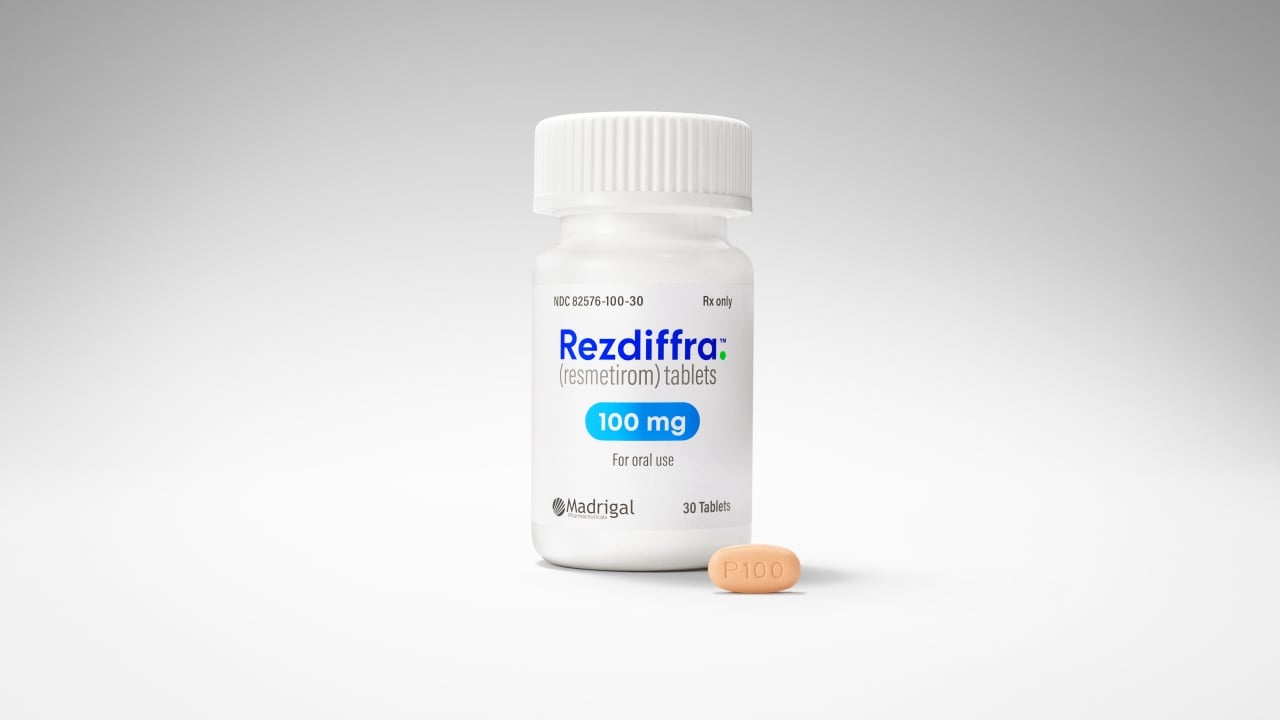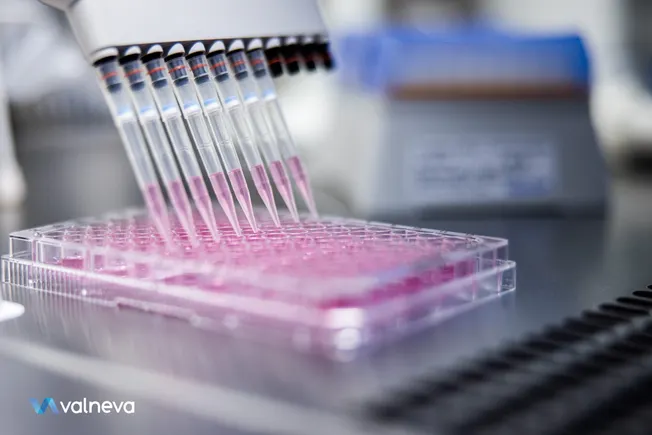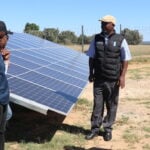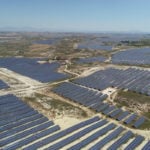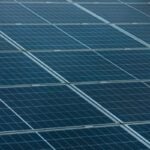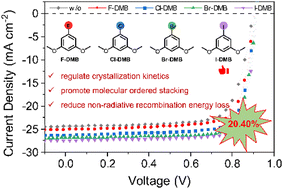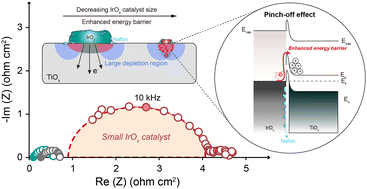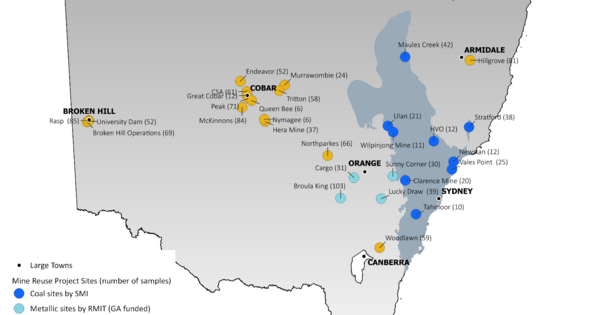Harnessing Renewable Energy via Tunable Hydrovoltaic Power Generation on Cobalt Intercalated Nitrogen‐doped Graphene
Advanced Energy Materials, EarlyView.

Cobalt–nitrogen-doped graphene (Co-N-Gr) thin films enable efficient hydrovoltaic energy harvesting and environmental sensing. Enhanced hydrophilicity and ionic interactions promote charge separation, leading to improved power generation from seawater, rainwater, and acidic contaminants. The multifunctional Co-N-Gr platform offers promise for integration into smart windows and marine surfaces, advancing self-powered, sustainable systems for energy and environmental monitoring.
Abstract
With the increasing demand and rising environmental adulteration, researchers are exploring sustainable energy harvesting methods. Water-based energy harvesting using carbonaceous matrices and 2D layered materials has gained significant attention due to their superior electrical properties at low-dimension. This study demonstrates cobalt-nitrogen-doped graphene (Co-N-Gr) thin layers are presented as an efficient medium for harvesting energy from diverse water sources, including simulated seawater (0.6m NaCl), rainwater, and for differentiating pH levels and detecting acidic contaminants (H2SO4 and HNO3) in the aquatic environment. The nitrogen-functionalized graphene-assisted cobalt immobilization enhances power generation by ≈108 times compared to pristine graphene (P-Gr) without any secondary heterojunction materials. The Co-N-Gr matrix improves hydrophilicity, facilitating ionic interaction and charge transfer, achieving ≈2.7 nW power generation under drop-by-drop motion of DI water. A mechanistic understanding is developed through experimental findings supported by density functional theory calculation to identify the role of anionic (Cl− and F−) interaction via electrical double-layer formation. The selective higher interaction energy with HNO3 leads to four times higher power generation than H2SO4 at the same concentration, highlighting its potential for the integration of renewable energy harvesting along with rain quality detection onto a single platform for developing commercialized smart windows.


























